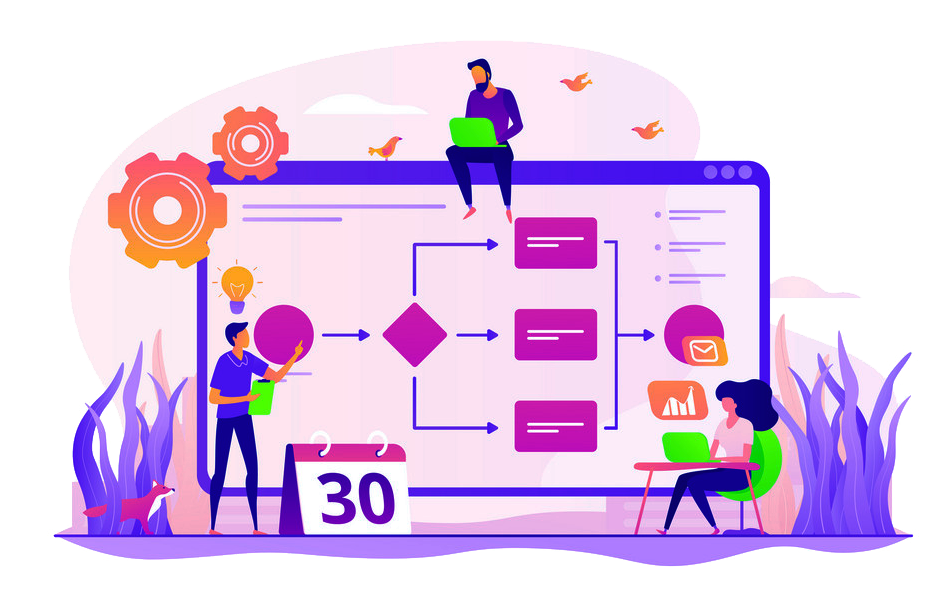5 Email Marketing Trends That Boost Engagement
Email marketing is crucial to attracting and engaging customers.
However, it can be difficult for companies to penetrate and stand out in this highly saturated space. According to Statista, there is an average of 319.6 billion emails sent and received globally every day, making it harder and harder for emails to get noticed and opened. It’s predicted that by 2025, the number of sent and received emails will reach a figure of 376.4 billion globally per day.
Since email marketing plays such a vital role in companies’ ability to nurture, acquire, and retain customers, we’re sharing 5 email marketing trends that boost engagement. With these trends, you’ll have the tools you need to keep your brand ahead of the e-competition.
top 5 email marketing trends of 2021
1. Hyper-personalise your emails
If you’re familiar with email marketing, you already know that personalisation is important. In fact, message personalisation is the number one tactic used by email marketers to improve performance — and that’s because it works.
However, simply adding your recipient’s name in your email copy and email subject line won’t be sufficient to sway most customers in 2021. Today, consumers are looking for hyper-personalisation, which involves the inclusion of personalised information and offers in emails that feel like they were curated specifically for them.
When an email is not personalised, 52% of customers say they’ll find somewhere else to go. Can you risk losing 52% of your email marketing list?
Luckily, with segmentation and dynamic content, you can start sending hyper-personalised emails that boost engagement and in turn, sales.
Email segmentation is the practice of grouping email subscribers into smaller, more focused lists, based on fixed criteria. This could include anything from demographic information to customer behaviour and purchase history, and much more. With segmented emails, people can receive specific information better tailored and targeted to their particular interests.
To make this process easier, you should consider investing in email marketing software that enables the use of dynamic content. Dynamic email content is any personalised portion of a marketing email that changes depending on your email list segments. You can, in effect, create hyper-personalised emails by segmenting your list and adding variables to your mailing list.
2. Get creative with colours
One trend this year that companies can easily integrate into their email marketing strategy is to utilise bright, bold colours in their emails. Colour not only evokes an emotional response but also drives action in consumers. The use of colour can also direct your customers directly to your call to action by highlighting it on the page.
Beyond colour psychology, colour and email design are critical to boosting engagement and conversions. According to Campaign Monitor, using the right colours in your logo and marketing copy leads to an 80% increase in brand recognition.
Colour choices can measurably influence your conversion rates – so pick a favourable colour and run some A/B tests to determine its success among your customers.
3. Make your emails interactive
With the help of Accelerated Mobile Pages (AMP), you can add interactive content directly inside your marketing emails. This way, you can display your products right in the email without linking out to a landing page. Having the option to add a carousel or shopping options in your email will directly impact brand engagement and conversion rates, inspiring customers to shop without leaving their email.
As such, by reducing the friction in the purchasing process, you’re making it easier for shoppers to complete the desired action and buy your service or product.
4. Email automation
When you combine automation with analytics, you can create hyper-personalised email marketing campaigns that are founded on user behaviour. This may entail enabling your subscribers to select which information they want to receive from you, or sending personalised shopping recommendations based on their purchase history.
Here are a few examples of emails you can automate in your marketing strategy:
- Welcome emails
- Onboarding emails
- Re-engagement emails
- Event announcements
- Feedback emails
- Product updates
There are limitless ways of automating your email marketing. This way, you can ensure that you’re sending relevant content to your subscriber’s interest and their current place in the customer journey.
5. Increased investment in email marketing
At a $42 return for every $1 spent, email marketing has the highest Return on Investment (ROI) than any other marketing strategy. As such, an investment in email marketing is only going to increase, and it’s definitely a trend to watch out for.
Here’s where you should be focusing your email marketing spend:
- Re-engagement: These campaigns encourage inactive shoppers to complete their intended purchase. This could involve sending abandoned cart emails to remind a customer that their cart is still full, or sending product recommendations to previous customers, etc.
- Dynamic segmentation: As mentioned above, segmenting your customers and sending them content that truly piques their interest will not only boost engagement but also net you the biggest return.


